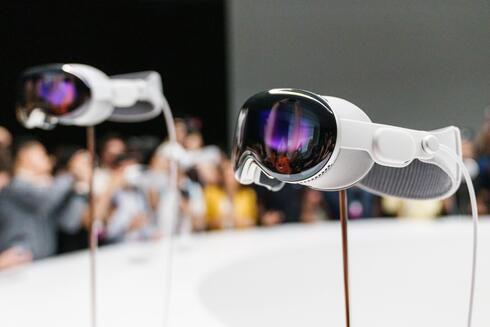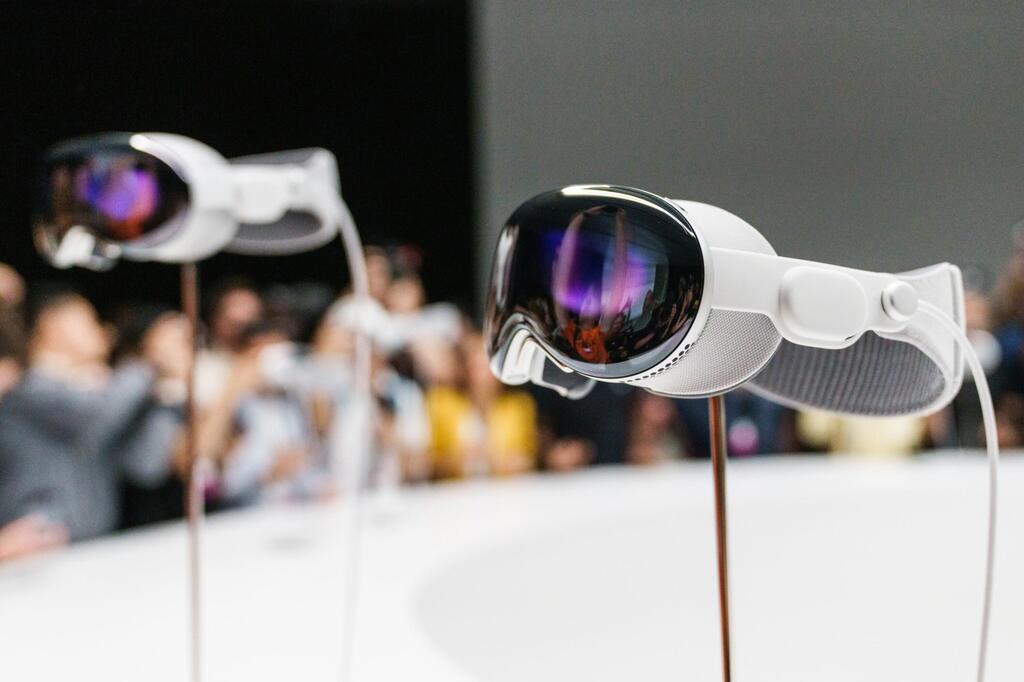
Apple's Vision Pro: A revolutionary headset hindered by developer reluctance?
The mixed reality glasses, which Apple will launch at the start of February, are expected to receive a frosty reception. The world's most popular apps, such as Netflix and YouTube, have not agreed to make their apps available to the product. At $3,499 for the cheapest model, it will be difficult to market a product with a user experience that doesn’t include essential apps
How will the market respond to Apple's mixed reality (MR) headset, Vision Pro, which is set to launch in the United States in early February? Popular applications such as Netflix, YouTube, and Spotify are seemingly in no hurry to adopt Apple’s most significant new platform in more than a decade. Customers are also not expected to rush to purchase the device which aims to blend the real and virtual worlds.
Apple's success in recent decades has been built on two key features: the near seamless integration of software and hardware through meticulous development of both, including up to the processor level on the hardware side by Apple itself, and a vibrant and creative developer community that knows how to leverage the device into an innovative and advanced platform, giving consumers compelling reasons to purchase it.
For example, the first iPhone was launched in 2007, but it was only with the introduction of the App Store a year later that Apple succeeded in unlocking the full potential of the iPhone, sparking a revolution that led to the creation of giant companies like Uber and transformed the world. The iPad also achieved significant success, thanks in large part to a selection of games and other applications that utilized the large screen in diverse ways.
Vision Pro is the most innovative and complex technological product that Apple has produced in recent years, and maybe ever. However, its success will depend on developers harnessing the platform, leveraging the advanced capabilities of the headset, and creating applications that give consumers a good reason to purchase it, especially considering its high price tag of $3,499 for the cheapest model.
But, as the U.S. launch date approaches on February 2nd, it seems that some of the most prominent developers are not rushing to adopt the new platform. Last week, Netflix announced that the company does not plan to launch a dedicated app for the Apple headset, nor an adapted version of its iPad app. The service will still be accessible on the headset, but only through the built-in Safari browser, offering a less seamless and feature-rich experience. This decision reflects some concern or lack of confidence in Metaverse products, also expressed by Netflix's outdated and buggy app for Meta's Quest headset.
And Netflix isn’t alone - Google's YouTube, the world's most popular video platform, also said that it won’t release a dedicated app for Vision Pro. Users will have to access the service through the Safari browser, limiting their experience, and they won't be able to download videos for offline viewing. Bloomberg reported that Spotify will also not make its app accessible to the new headset, both as a dedicated app and as an adapted version of its iPad app.
MacStories investigated which developers actively chose not to make their apps available for Vision Pro, and found several prominent applications that may not be available on the device at launch or shortly after including Snapchat, The New York Times, Amazon, Lyft, Meta applications like Facebook, WhatsApp, and Instagram, and various Google applications including Gmail and Chrome. The situation may change before the launch in early February, but less than two weeks before launch, it's a relatively unusual situation where prominent developers have not yet announced plans to launch an app for the device.
Their concern is understandable. The virtual reality (VR), augmented reality (AR), and mixed reality (MR) sectors have been consistently trying to become mainstream consumer sectors since Google launched Google Glass in February 2013, but have almost consistently failed. Most products in the field are no longer available, not updated, or only marginally successful. While Apple has a history of success in places where others have failed and has managed to attract a developer community, this time, given past failures and the high price tag of Vision Pro, developers' concerns seem justified, and they may wait a bit before investing significant amounts in developing an app for Apple's glasses.
This doesn't mean that Vision Pro will come to market without any applications. Disney+, MAX (formerly HBO Max), TikTok, Amazon Prime Video, and other popular services and apps are expected to be available at launch or shortly after. There will undoubtedly be many smaller developers planning to be there from the beginning. However, the absence of some of the most prominent applications, especially those whose adaptation to the headset is almost essential, is a cause for concern.
Without a vibrant and enthusiastic developer community, Vision Pro has no chance of realizing its full potential and becoming a must-have product, or at least one that people really want to buy and use. The early reluctance of prominent developers could create a spiral that keeps other developers away from the platform or at least causes them to sit on the fence for a very long time. The result could be a lackluster and uninspiring offering of applications, making the headset itself unexciting and unappealing.
Of course, this outcome is far from definitive, but Apple is certainly closely monitoring the choice of certain developers not to jump on the new product, considering how it will impact efforts to create the next big computing platform.














